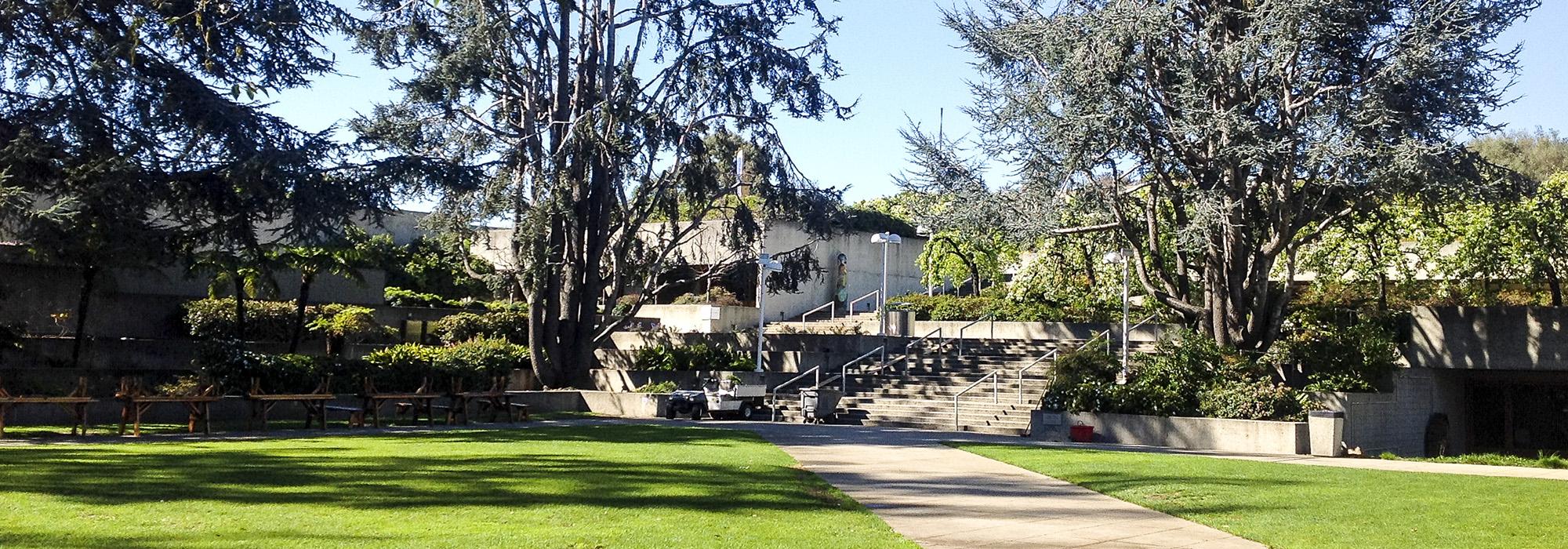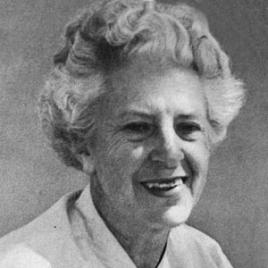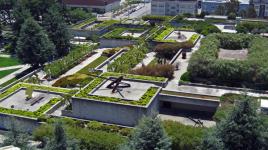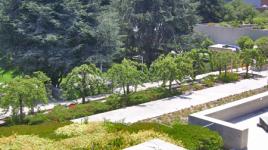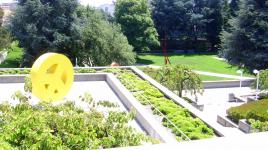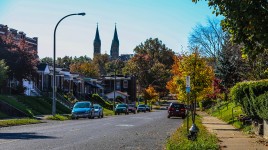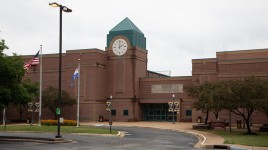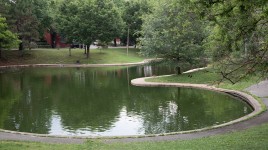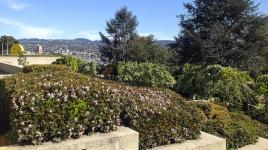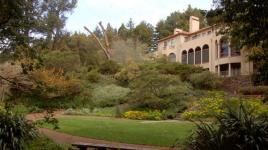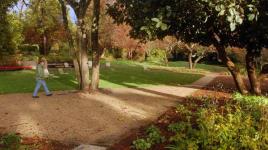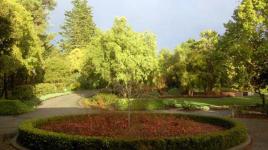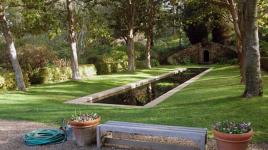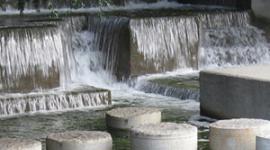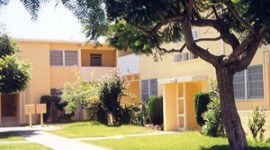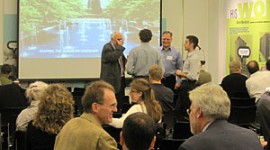Pioneer Information
Born in Idaho, Geraldine Knight received a degree in Landscape Architecture from the University of California, Berkeley in 1926 and took additional classes in art and architecture at Cornell University until 1928. Following graduation, she went to work at the offices of A.E. Hanson in Southern California.
From 1930 to 1932, she traveled Europe studying at the Academia della Arts in Rome and the Sorbonne in Paris. Upon returning to California, she spent a year studying painting with Japanese artist Chiura Obata before joining the office of Helen Van Pelt, whom she worked with for three years. In 1939, she began work as the director of the Citizens Housing Council in Los Angeles, showing her interest in the social aspects of landscape design through her association with the Telesis group, an organization to which her husband, regional planning journalist Mellier Scott, also belonged. In 1948, she began her own practice which she kept until 1968. A site planner and horticulturist, her varied public projects include the Oakland Museum, the Daphne Funeral Home, and the Menlo Park Professional Zone.
Knight Scott taught landscape architecture at the University of California, Berkeley. She was elected a Fellow of the American Society of Landscape Architects and was a founding member of the California Horticultural Society.



